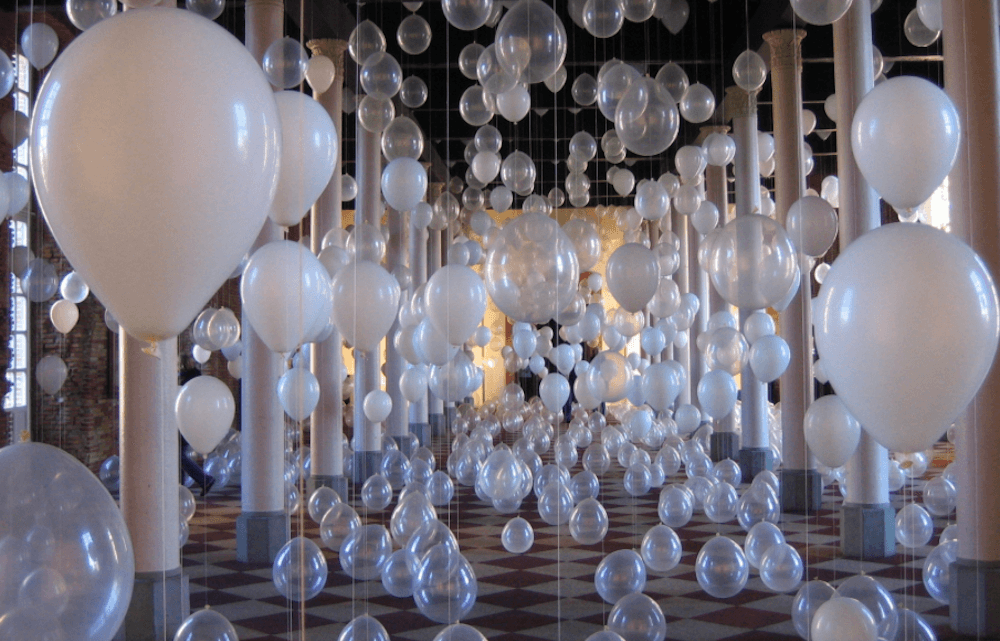
William Forsythe (b. 1949, USA)
Choreographic Objects, 2018
For a while I quite struggled with understanding of dance as art form. I could not really see beyond traditional forms, like “these are the waltz steps” or ballet that I assumed to have some kind of symbolic language that I did not speak.
After some practical involvement with contemporary improvisation, butoh and even basics of the classic ballet, I’ve started getting somewhere. I am more aware of scores, spatial problem solving, embodied thinking.
Forsythe’s concept of ‘choreographic objects’ is most relevant in this context. ‘A choreographic object is, by nature, open to a full range of unmediated perceptual instigations without having to prioritize any type of recipient. These objects are examples of specific physical circumstances that isolate fundamental classes of motion activation and organization. The objects instigate processes in the body that instrumentalize the body´s readiness to provide input for our heuristically driven, predictive faculties, which work incessantly to secure for us a higher probability of preferred physical and mental outcomes.’ (Forsythe 2018, 49)
Forsythe seeks to close the imaginary gap between body and mind, and here we are on the same page. As any art is both created and perceived through body movements, I am quite interested in paying attention to them. What becomes visible when every movement is looked at as an instance of dance? Which dance solves which problem? How does dancing body create other art forms? Those are all fun thoughts that can readjust my perception to consider things differently.
Reference
Forsythe, William. 2018. Choreographic Objects. Boston (MA): ICA.